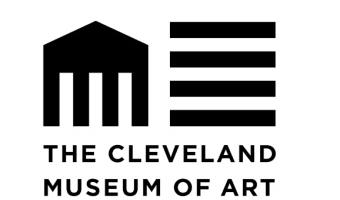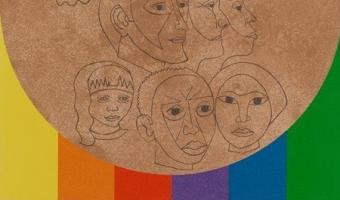Winslow Homer - The Art Institute of Chicago
Winslow Homer, one of the most influential American painters of the nineteenth century, is known for his dynamic depictions of the power and beauty of nature and reflections on humanity’s struggle with the sea. A keen observer of the world around him, Homer likewise experimented with color, form, and composition, pushing his landscapes and genre pictures in modern directions. Raised in Massachusetts, he apprenticed in a lithography shop in Boston in the mid-1850s and soon secured work as a freelance illustrator. Relocating to New York, he undertook assignments for Harper’s Weekly, among other journals, and enrolled in drawing classes at the National Academy of Design.
During the Civil War, Harper’s Weekly sent Homer to the front, where he made drawings of Union battlefields, camps, and military hospitals that appeared as wood engravings in the widely circulated publication. Homer also took up painting during his time as an artist-correspondent. After the war, he focused on oil painting, working in New York and also traveling to France in 1866–67. Over the following decade, Homer painted scenes of leisure set in nature, such as the White Mountains in New Hampshire and the Adirondacks in upstate New York. He also spent his summers visiting New England fishing villages, discovering new subjects that had a profound effect on his career.
In 1881, he spent more than a year in the small fishing village of Cullercoats, England. This extended stay in the seaside community catalyzed a new, enduring interest in humankind’s age-old contest with nature, rendered in larger-scale compositions with more monumental figures and forms. In the summer of 1883 Homer moved to the coastal village of Prouts Neck, Maine, which remained his home for the rest of his life. There, he observed the shoreline in various weather conditions and seasons, creating his great seascapes, such as the iconic work The Herring Net. Amid the remote and dramatic landscape, he depicted views void of human life, focusing instead on an emotional response to nature, as in Coast of Maine.
Late in his career, during visits to the Bahamas, Bermuda, Cuba, and Florida, Homer applied his sophisticated understanding of color and light to a new set of atmospheric conditions, most spectacularly in his watercolors, such as After the Hurricane, Bahamas.
The Art Institute’s collection of works by Winslow Homer spans his career. The artist’s works on paper were featured in the 2008 exhibition Watercolors by Winslow Homer: The Color of Light.
During the Civil War, Harper’s Weekly sent Homer to the front, where he made drawings of Union battlefields, camps, and military hospitals that appeared as wood engravings in the widely circulated publication. Homer also took up painting during his time as an artist-correspondent. After the war, he focused on oil painting, working in New York and also traveling to France in 1866–67. Over the following decade, Homer painted scenes of leisure set in nature, such as the White Mountains in New Hampshire and the Adirondacks in upstate New York. He also spent his summers visiting New England fishing villages, discovering new subjects that had a profound effect on his career.
In 1881, he spent more than a year in the small fishing village of Cullercoats, England. This extended stay in the seaside community catalyzed a new, enduring interest in humankind’s age-old contest with nature, rendered in larger-scale compositions with more monumental figures and forms. In the summer of 1883 Homer moved to the coastal village of Prouts Neck, Maine, which remained his home for the rest of his life. There, he observed the shoreline in various weather conditions and seasons, creating his great seascapes, such as the iconic work The Herring Net. Amid the remote and dramatic landscape, he depicted views void of human life, focusing instead on an emotional response to nature, as in Coast of Maine.
Late in his career, during visits to the Bahamas, Bermuda, Cuba, and Florida, Homer applied his sophisticated understanding of color and light to a new set of atmospheric conditions, most spectacularly in his watercolors, such as After the Hurricane, Bahamas.
The Art Institute’s collection of works by Winslow Homer spans his career. The artist’s works on paper were featured in the 2008 exhibition Watercolors by Winslow Homer: The Color of Light.

